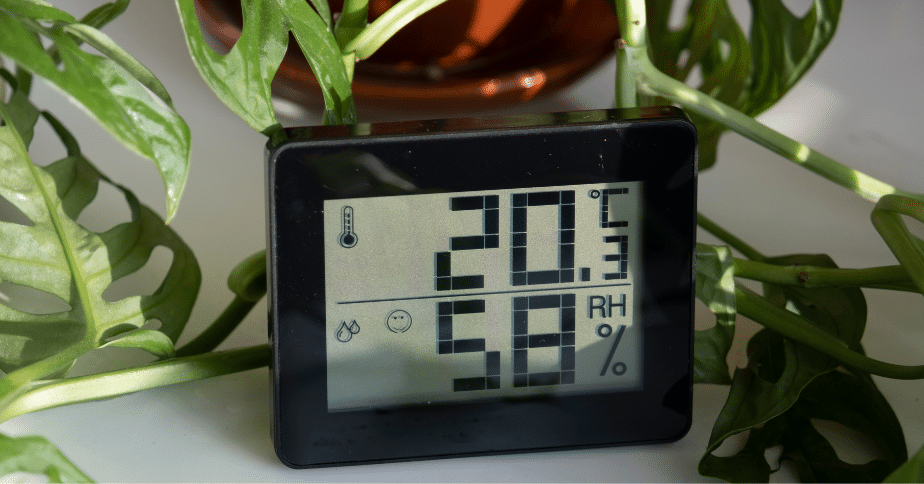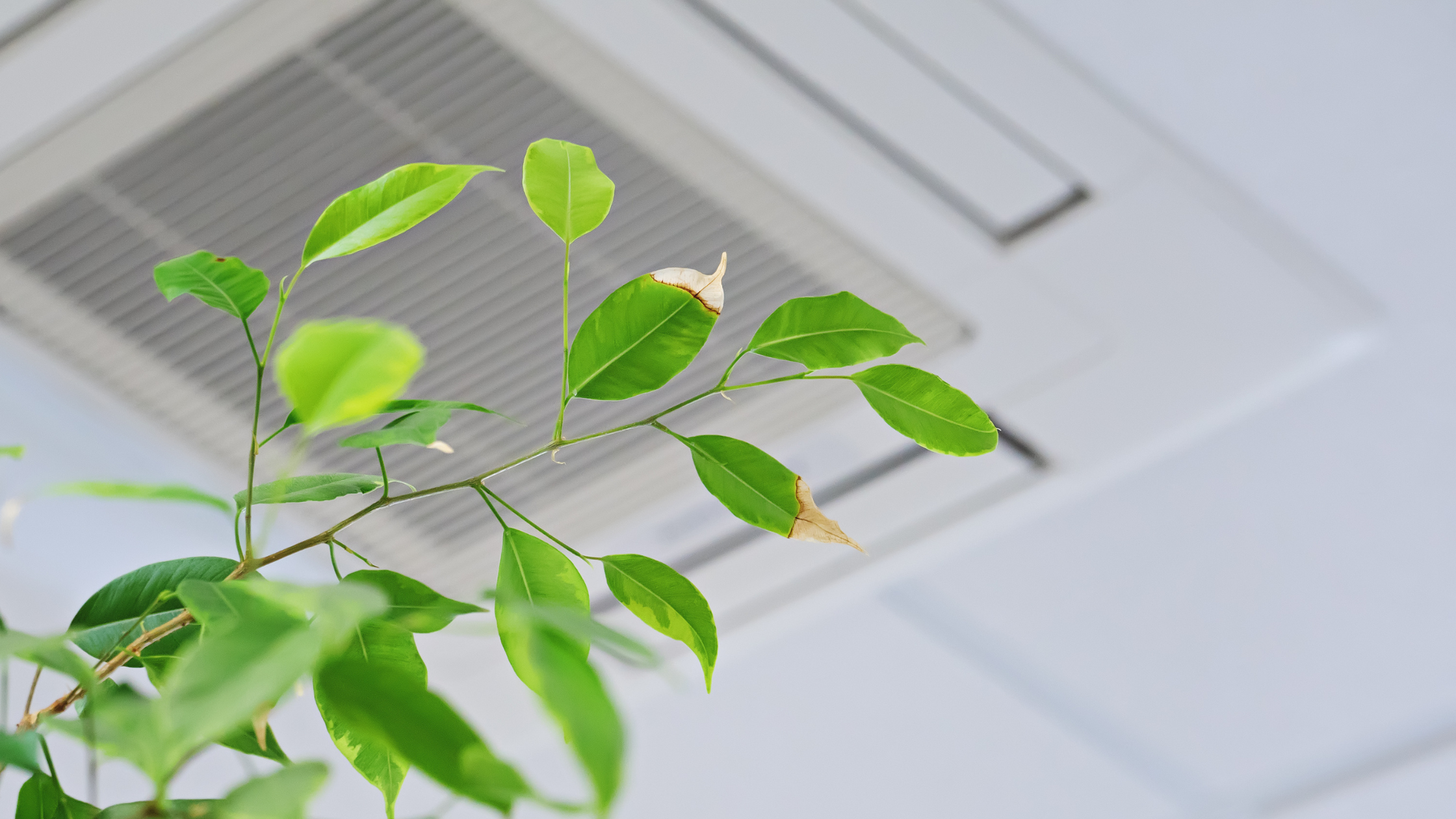Hurricane Irma: The Aftermath
Recovering from the damages of a natural disaster like Hurricane Irma has been devastating! Homeowners in Florida and the surrounding areas are no stranger to these issues. Mold has the potential to leave lasting effects on your possessions and well being. This is true even months after a storm passes. You can see why it’s important to think about mold damage in your home.
The cost
Researchers estimate that Irma has brought property damage around $42 to $65 billion dollars. Residential flood damage is at $25 to $28 billion dollars alone. Irma was only one of the strong storms that brought in flooding and strong wings in this season. No matter the level of damage your home, it’s wise to be extra cautious about the signs of mold in your home.
Mold illness
The residual moisture, humidity, and loss of power after a storm offer the perfect conditions for mold to grow. Even the smallest amount of mold exposure can bring symptoms of respiratory issues and skin irritation. For those who have a mold allergy or chronic lung issues, it can bring severe reactions. This is especially true for the elderly. The longer the mold goes unnoticed, the stronger the physical reaction can be. Even healthy people can develop asthma from exposure to these damp environments. Here are some signs you can look out for when it comes to mold exposure in your home and what you can do about it.
How to detect mold
One of the easiest ways to detect mold in your home is by the smell. If you’re noticing a musty, dirty smell in your home, it’s a good sign that you have mold somewhere, even if it isn’t visible. Are you noticing general respiratory irritation at home but not when you’re out of the house? Moisture problems can manifest as water stains on walls and floors, peeling and bubbling of surfaces, or even bowing of walls. You might even notice things like extra condensation on walls, windows, and pipes. These are all sure-fire signs of moisture damage and high humidity, which allows mold to flourish. Mold will grow faster in places where flood water remained stagnant, such as in your basement. Floods are notorious for creating mold in unseen spaces like underneath floorboards and behind walls.
What to do if you have mold
The first thing you should do if you notice signs of mold damage in your home is to get in touch with a trusted professional. Crews in Florida are experiencing huge demand in the months after Irma, so the sooner you’re able to call, the better. You can control the conditions where mold flourishes. Ensure humidity levels aren’t higher than 50% with a dehumidifier. It’s a wise idea to fix any structural damage that could further allow water into the home, such as roof leaks. Another way to combat mold is to ventilate areas that are suspect. The faster you act, the better for your home and health.



